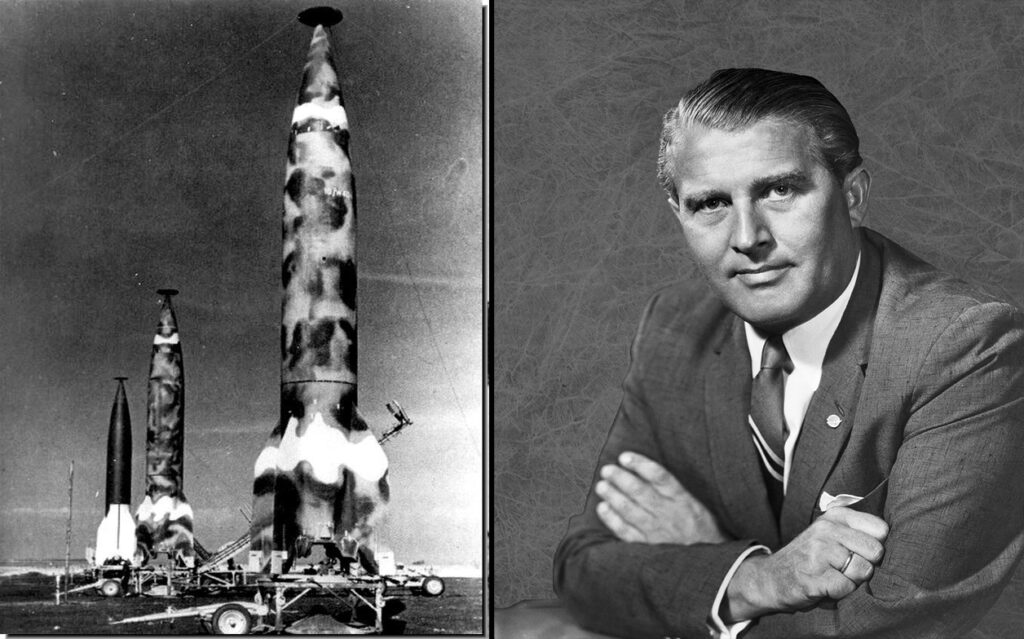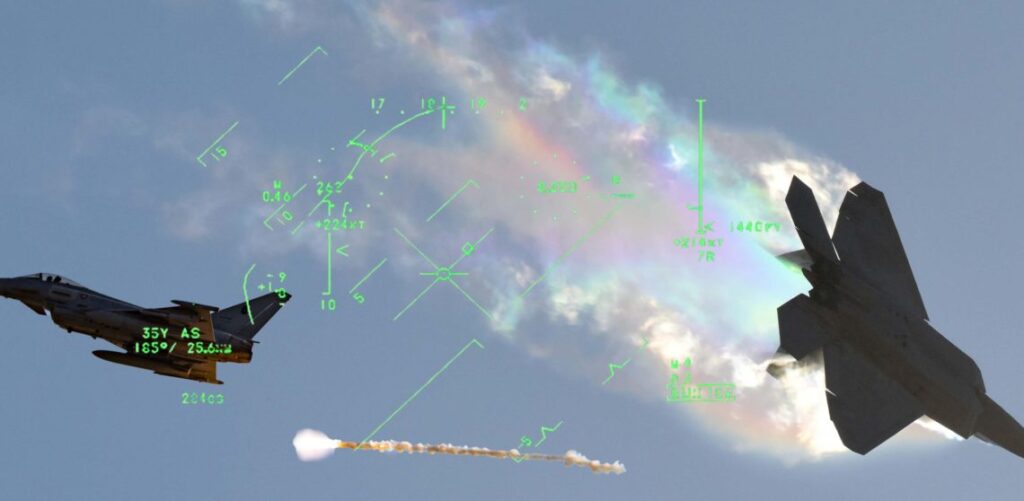Following my previous article on the Nazi terrorist revenge weapons of WWII, this time we will talk about the second long-range reprisal weapon, the Vergeltungswaffe or V-2.
The V-1 was the forefather of the modern-day cruise missile. It was powered by a pulse jet engine that was simple and inexpensive to mass-produce.
Since the V-I pulse jet “Flying Bomb” was vulnerable to anti-aircraft fire and fighter interception due to its low-flying altitude and speed of only 450 mph, Nazi Germany brought to bear another weapon based on Werner von Braun’s rocket concept. So the V-2 was born.
A technological leap

The V-2 was a liquid-fueled rocket that was the first man-made object to reach space.
The rocket-powered V-2 could to a great altitude before nosing down toward Earth with its 2,000 lb explosive payload, all at speed and altitude that greatly out-performed the best-allied fighters and anti-aircraft weapons of the era. In all, some 3,000 of these vengeance rockets were fired at allied targets such as London and the deep-water port of Antwerp, Belgium. By the time the V-2 would hit the ground, it would be traveling in excess of 4,000 mph — quite out of the league of anything the Allies could intercept it with.
The V-2, like its pulse-jet predecessor, was not a guided missile, therefore it was considered a ballistic free rocket over ground (B-FROG). Although the V-2 could have its fuel system shut off at a certain preprogrammed time midflight to try to bring it down on a specific target area, this approach had minimal effect, at best, as a guidance system.
Related: A brief history of military rockets and missiles

This primitive solving for distance put me in mind of Somali mortar gunners who contested us in Mogadishu, Somalia in 1993: The gunners were not familiar enough with their mortar to operate the range and deviation mechanisms. If a mortar-fired round fell short of our position, they would just pick up the whole mortar and literally move it closer to our position; the opposite if the mortar round fell long off the target.
V-2 and the American rocket program

After the end of World War II, a large group of 1,600 scientists, technicians, engineers, and other valuable minds such as Wernher von Braun were assembled in Germany and brought to the U.S. to assist our nation with advice in rocket-science technologies.
We can say in all honesty that technology captured from Nazi Germany is credited with advancing our Mercury, Gemini, and Apollo rocket programs.
Related: How the CIA hijacked a Soviet spacecraft in 1959

Adolf Hitler declared war on the U.S. about four days after the Japanese brought the U.S. into war by striking the American Naval fleet at Pearl Harbor, Hawaii. Franklin D. Roosevelt and the American people did not want to go to war with Germany, and they certainly did not want war with Imperial Japan. Alas, those years of war brought us victory over Russia in the race to put a man on the moon.
Was it worth it? I dare not offer my two cents.

both sides hammered away at each other in WWII it was always the children who suffer most. (Created by author via Historyimages.blogspot.com)
By Almighty God and with honor,
geo sends
Read more from Sandboxx News
- Night Witches: The female pilots who struck fear into the Nazis
- Guile, violence, and intelligence – The tools of the WW2 spy
- US successfully tests scramjet-powered hypersonic missile in secret
- Zero: Did Japan have the best fighter plane of World War II?
- 7 crazy things the Coast Guard did during World War II




